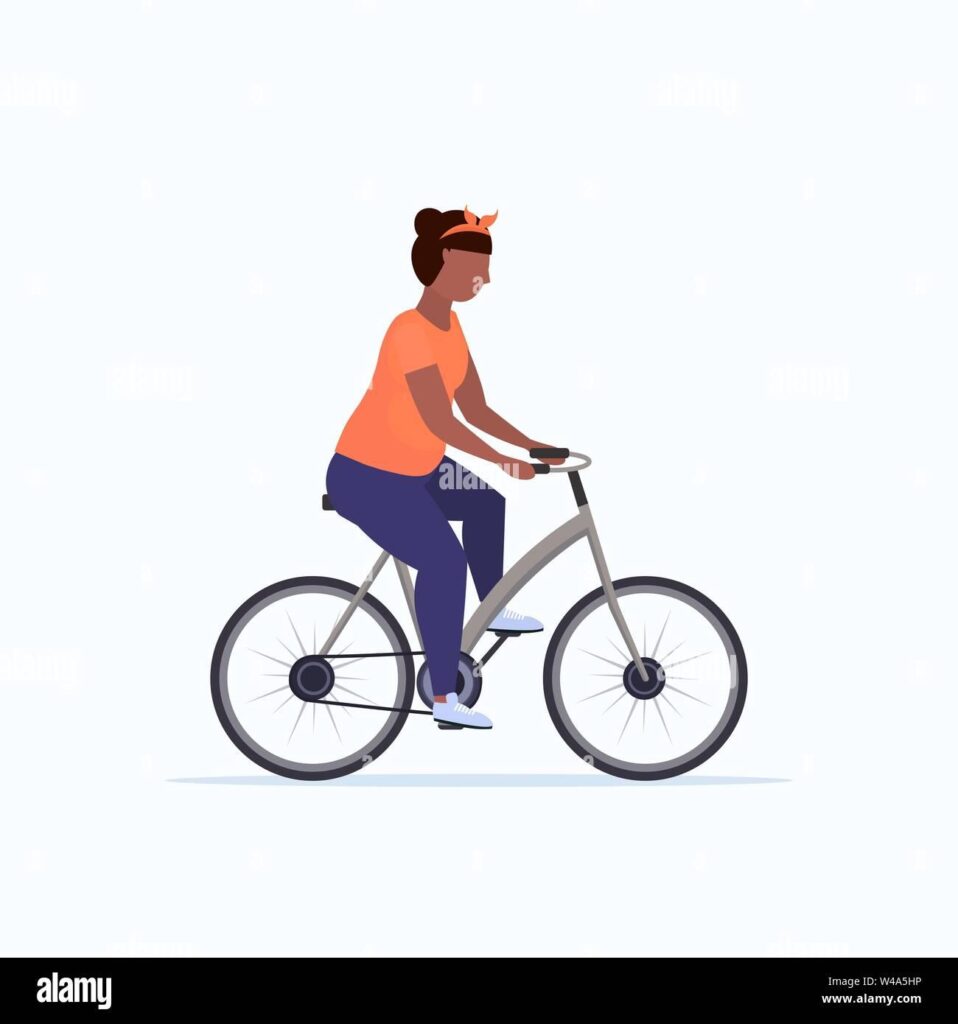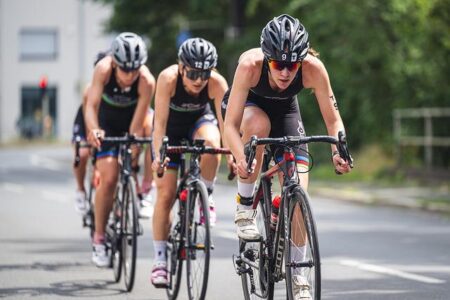Title: A Call for Inclusivity: Why Fat Black Women are Essential to the Cycling Community
In recent years, the cycling community has enjoyed a resurgence, embraced by enthusiasts who revel in the sport’s physical and mental benefits. However, as discussions surrounding diversity and representation take center stage in many athletic arenas, one critical demographic remains underrepresented: fat Black women. While cycling is often lauded for its accessibility and potential for community building, this vibrant subgroup of riders challenges the notion of inclusivity. As barriers persist and stereotypes endure, the absence of fat Black women in discussions about cycling culture raises important questions about equity and representation in this beloved pastime. This article explores why their presence is not just beneficial, but essential, to transforming the cycling community into a truly inclusive space for all.
Embracing Diversity: Why Fat Black Women Are Central to the Cycling Community
In recent years, the cycling community has begun to recognize the importance of representation and inclusivity. Central to this evolution are fat Black women, whose presence not only enriches the sport but also challenges the traditional narratives surrounding fitness and cycling culture. Celebrating diversity in cycling involves acknowledging and embracing different body types, backgrounds, and experiences. Norms that often exclude individuals based on weight or race are increasingly being questioned, paving the way for a more inclusive community where everyone can thrive on two wheels. Allowing fat Black women to take center stage shifts the conversation from mere participation to empowerment, fostering a sense of belonging that is crucial for the growth of the sport.
Fat Black women bring unique perspectives and stories that resonate with a broader audience, thereby amplifying voices often overlooked within the cycling sphere. When we explore the challenges faced by these riders, we find a myriad of reasons why their involvement is essential:
- Community Building: Their participation helps cultivate supportive spaces where riders can connect, share experiences, and uplift one another.
- Advocacy for Body Positivity: They challenge harmful stereotypes, paving the way for a more health-focused, body-positive cycling culture.
- Inspiration: Through visibility, they inspire others to break barriers, encouraging diverse individuals to pursue their cycling goals.
The cycling community thrives when it becomes a true reflection of the society we live in, creating an environment where every person-regardless of size or skin color-can find joy, support, and solidarity on their biking journey.
Breaking Barriers: The Unique Challenges Faced by Fat Black Women in Cycling
In the world of cycling, where the conversation often revolves around performance and endurance, an entire demographic remains underrepresented and overlooked: fat Black women. As advocates within the cycling community strive for inclusivity, it becomes crucial to acknowledge and address the unique barriers faced by this group. From limited access to specialized gear to social stigma that discourages participation, the challenges can feel insurmountable. The necessity for tailored bicycle designs, appropriate safety gear, and well-organized local rides can create significant hurdles, often dissuading potential cyclists from ever taking that first pedal stroke.
Moreover, the representation of fat Black women in cycling goes beyond just capacity and capability; it touches on cultural and societal expectations. Many women face the dual pressures of racial bias and size discrimination, often feeling unwelcome in spaces that celebrate athleticism. Creating inclusive environments that actively welcome diversity can combat these challenges. Initiatives such as community-led workshops, body-positive campaigns, and accessible mentorship programs can transform cycling into a space where everyone feels safe and represented. The cycling community must recognize that without the voices and experiences of fat Black women, we risk perpetuating a narrow narrative that fails to embody the true spirit of cycling.
Building Inclusivity: Strategies for Creating Space for All Cyclists
Creating an inclusive cycling community involves actively recognizing and addressing the barriers faced by underrepresented groups, including fat Black women. This can be achieved through a variety of targeted approaches. One effective strategy is to organize community rides explicitly designed for diverse cyclists, where the focus is on camaraderie rather than speed or distance. Accessibility is paramount, which means selecting routes that accommodate different skill levels and fitness capabilities, ensuring that every participant can join regardless of their cycling background. Additionally, offering workshops focused on bike maintenance and safety can empower individuals, providing knowledge and resources that cater specifically to their needs.
Furthermore, it’s essential to foster an environment that prioritizes open dialogue and understanding. Encouraging members to share their experiences and challenges can help identify areas where improvement is needed. Organizations should also consider implementing a mentorship program pairing experienced riders with newcomers, which can create lasting connections and support networks. Finally, actively engaging with local businesses and community centers can help to diversify the cycling culture. By prioritizing representation in all aspects-from marketing materials to event planning-the cycling community can truly reflect the diverse tapestry of its members, amplifying voices that have historically been marginalized.
Future Outlook
In conclusion, the cycling community must embrace its multifaceted identity by ensuring inclusivity at all levels, particularly for fat Black women who have long been marginalized within this space. As we move forward, it is essential for cycling organizations, advocacy groups, and individuals to reflect on their practices and foster an environment that truly represents the diverse tapestry of society. Recognizing the contributions and experiences of fat Black women not only enriches the cycling culture but also drives necessary conversations about body positivity, representation, and accessibility in sports. By making space for all voices, the cycling community can evolve into a vibrant and welcoming environment that reflects the strength and diversity of its participants. Only then can it genuinely claim the title of a community for everyone.











